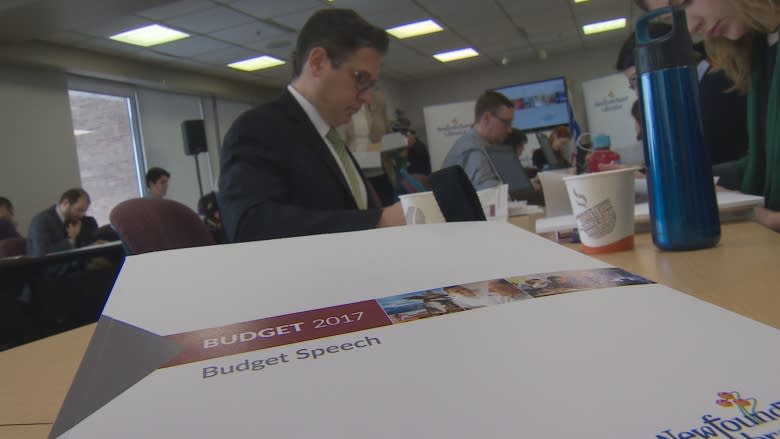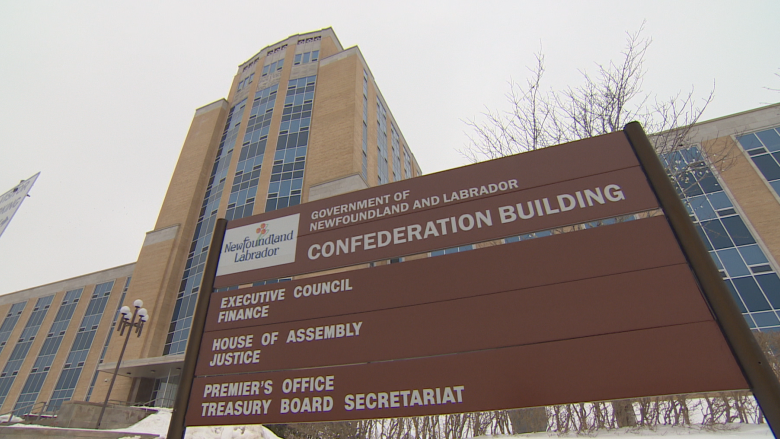Cutting costs not jobs: finance officials provide details on $283 million in cuts
Top officials are backing the finance minister's claim that government is able to cut hundreds of millions of dollars in spending this year without the need for large-scale layoffs.
On Thursday, just hours before government shut down for the Easter weekend, the deputy minister of finance, and two other top officials, met with reporters, laying out 65 pages of cuts, explaining how $65 million will be trimmed through zero-based budgeting.
That's a process where departments have to justify spending before money is approved.
The list includes small cuts from every department, such as a $13,000 reduction to the supply budget in the endangered species and biodiversity department, and $5,000 less to the Supreme Court for property, furnishings and equipment.
Cathy Bennett's own office gets $55,500 less, the women's policy office $127,4000, mostly in salaries.
Officials provided the information on background, meaning they can't be quoted, a standard practice when bureaucrats lay out information and take questions from reporters.
In total, government is saving $283 million.
In addition to cuts through zero-based budgeting, there are accounting changes and continued savings from cuts made last year, as well as from 2016 cuts to managers and cuts to government agencies like Memorial University and the College of the North Atlantic.
The opposition has been raising concerns that in order to find these savings departments will have to lay off a lot of people.
But officials told reporters that the majority of people impacted by cuts have already been told.
Other salary savings may come from hiring fewer seasonal workers, or from eliminating positions that have sat vacant.
Every dollar scrutinized
This year, for the first time officials can remember, departments weren't guaranteed any money at the start of budgeting and had to justify every single expense, rebuilding what their department needed from the ground up.
That lead to savings in areas such as transportation, communication, supplies, furnishings and equipment.
Officials told reporters government can't give the number of jobs affected, but departments may lay off a small number of people as it finds more efficient ways to deliver the same services.
In past budgets government usually detailed the total number of job cuts. For example last year the finance minister in her budget speech said "we are eliminating approximately 200 positions, of that 125 people will be impacted directly."
Government officials said this year it's hard to pinpoint a number because the savings are coming from across all departments, and not the result of the elimination of any services or departments.
Health boards still figuring out cuts
The one wild card may be how health authorities find savings.
Those authorities have announced cuts to management as part of the government push for a "flatter, leaner" management structure.
But as part of the 2017 budget, they'll have to find $20 million in savings — less than one per cent of their budget, according to finance officials.
There are supposed to be no impacts on patient care, and boards will be expected to find the savings through efficiencies, but it may mean reductions in staff.
Fewer government workers
Numbers provided by the Department of Finance show as of the end of March, there were 7,740 people working in core government.
That's 192 fewer people employed than the same time last year, and down from a peak of 9,121 people in 2012. The number fluctuates throughout the year because of seasonal work.
There are now about the same number of people working for core government as there were in 2009.
Finance said it hasn't compiled numbers for all of government (which would includr health boards, school boards, and Crown corporations such as Nalcor.)




